- Home
- Pages
- Tour List
- Rooms
- Tour Search
- Blog
Kenya offers an unparalleled safari experience that combines wildlife viewing with stunning scenery, cultural immersion, and a commitment to conservation. Whether you’re a first-time safari-goer or a seasoned traveler, Kenya’s safaris are sure to leave a lasting impression
Kenya is renowned worldwide for its incredible safari experiences, and there are several compelling reasons why it’s a top destination for safari-goers.
Kenya is home to a vast array of wildlife, including the Big Five (lion, elephant, buffalo, leopard, and rhinoceros). National parks and reserves like the Masai Mara, Amboseli, Tsavo, and others offer opportunities to see these iconic species in their natural habitats.
The annual wildebeest migration is one of the most awe-inspiring natural events on the planet, where millions of wildebeest, zebras, and other herbivores move between Kenya’s Masai Mara and Tanzania’s Serengeti in search of greener pastures.
The annual wildebeest migration is one of the most awe-inspiring natural events on the planet, where millions of wildebeest, zebras, and other herbivores move between Kenya’s Masai Mara and Tanzania’s Serengeti in search of greener pastures.
The annual wildebeest migration is one of the most awe-inspiring natural events on the planet, where millions of wildebeest, zebras, and other herbivores move between Kenya’s Masai Mara and Tanzania’s Serengeti in search of greener pastures.
Kenya has a well-established tourism infrastructure with experienced guides who have deep knowledge of the local wildlife and ecosystems. Lodges and camps range from luxurious to more rustic, catering to a wide range of preferences and budgets.
Kenya has a strong commitment to conservation, with many national parks and reserves actively protecting endangered species and habitats. Visitors can support these efforts by contributing to eco-tourism initiatives.
Kenya has a strong commitment to conservation, with many national parks and reserves actively protecting endangered species and habitats. Visitors can support these efforts by contributing to eco-tourism initiatives.
While certain times of the year offer unique experiences (such as the wildebeest migration in the Masai Mara during July to October), Kenya’s diverse wildlife and landscapes make it a great destination for safaris throughout the year. Each season brings its own highlights and wildlife behaviors.
The best time to visit Kenya largely depends on what you want to experience during your trip. Kenya offers diverse landscapes and attractions, from wildlife safaris to beautiful beaches. Here’s a breakdown:
The prime time for wildlife viewing in Kenya is during the dry season, which typically runs from late June to October. During this period, animals congregate around water sources, making them easier to spot. Additionally, the vegetation is less dense, providing better visibility. Another good time for safaris is during the short dry season from January to February.
The prime time for wildlife viewing in Kenya is during the dry season, which typically runs from late June to October. During this period, animals congregate around water sources, making them easier to spot. Additionally, the vegetation is less dense, providing better visibility. Another good time for safaris is during the short dry season from January to February.
If you’re interested in Kenya’s coastal areas, the best time to visit is during the dry season from late December to March and from June to October. During these months, the weather is warm and dry, perfect for enjoying the beaches and water activities like snorkeling and diving.
Kenya’s cultural festivals and events take place throughout the year. However, if you want to witness traditional ceremonies or cultural festivals, it’s a good idea to research specific dates for events like the Maasai Mara Cultural Festival or the Lamu Cultural Festival.
In Kenya, safaris and wildlife viewing experiences vary depending on the time of year, with distinct peak, high, and low seasons.
Each season offers unique advantages and considerations for visitors. Peak and high seasons are ideal for wildlife enthusiasts who want to witness specific events like the wildebeest migration or enjoy dry, sunny weather. Shoulder and low seasons can be appealing for those looking for quieter safaris, lower prices, and a different perspective of Kenya’s landscapes and wildlife behavior during the rainy seasons.
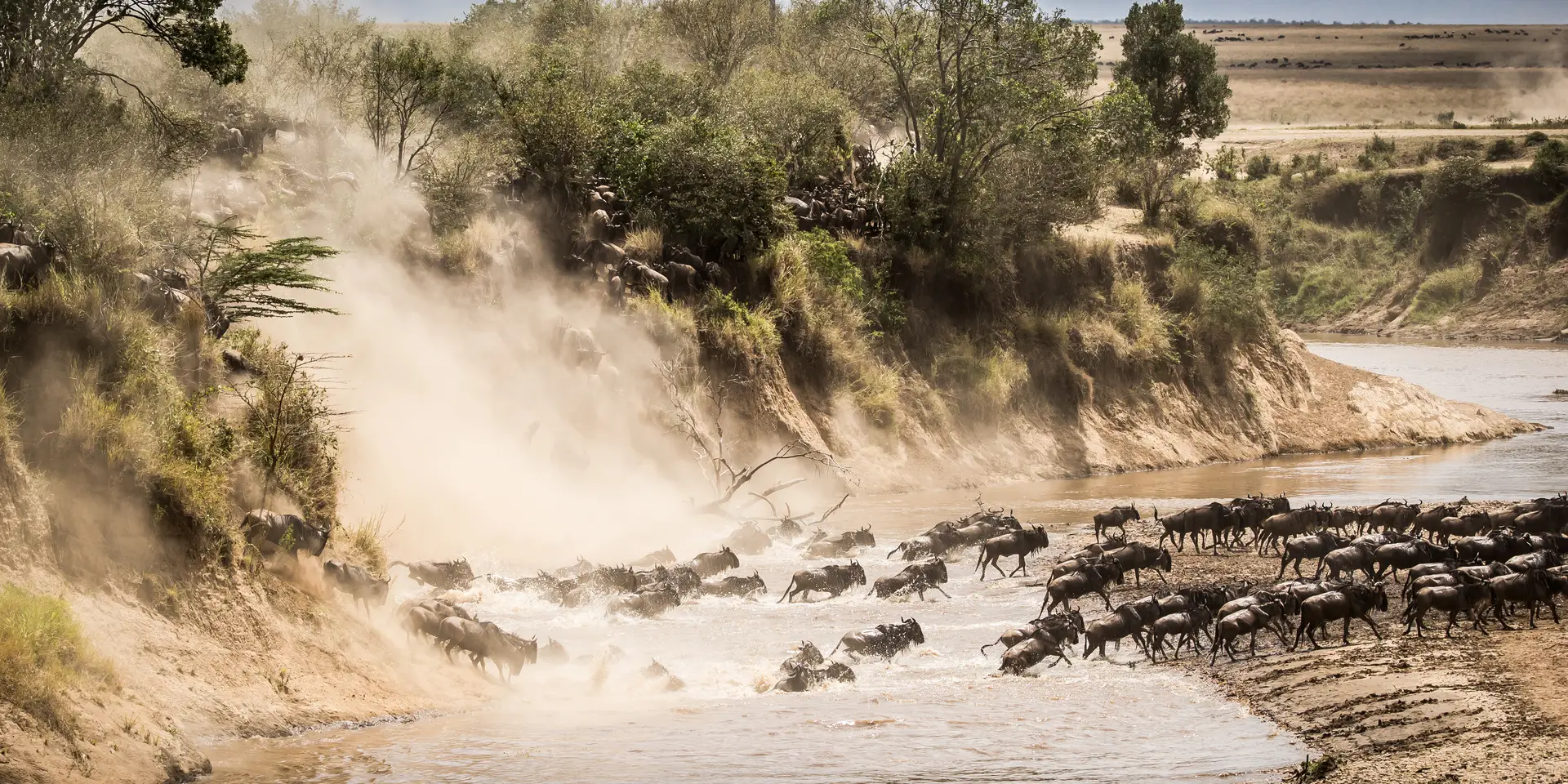
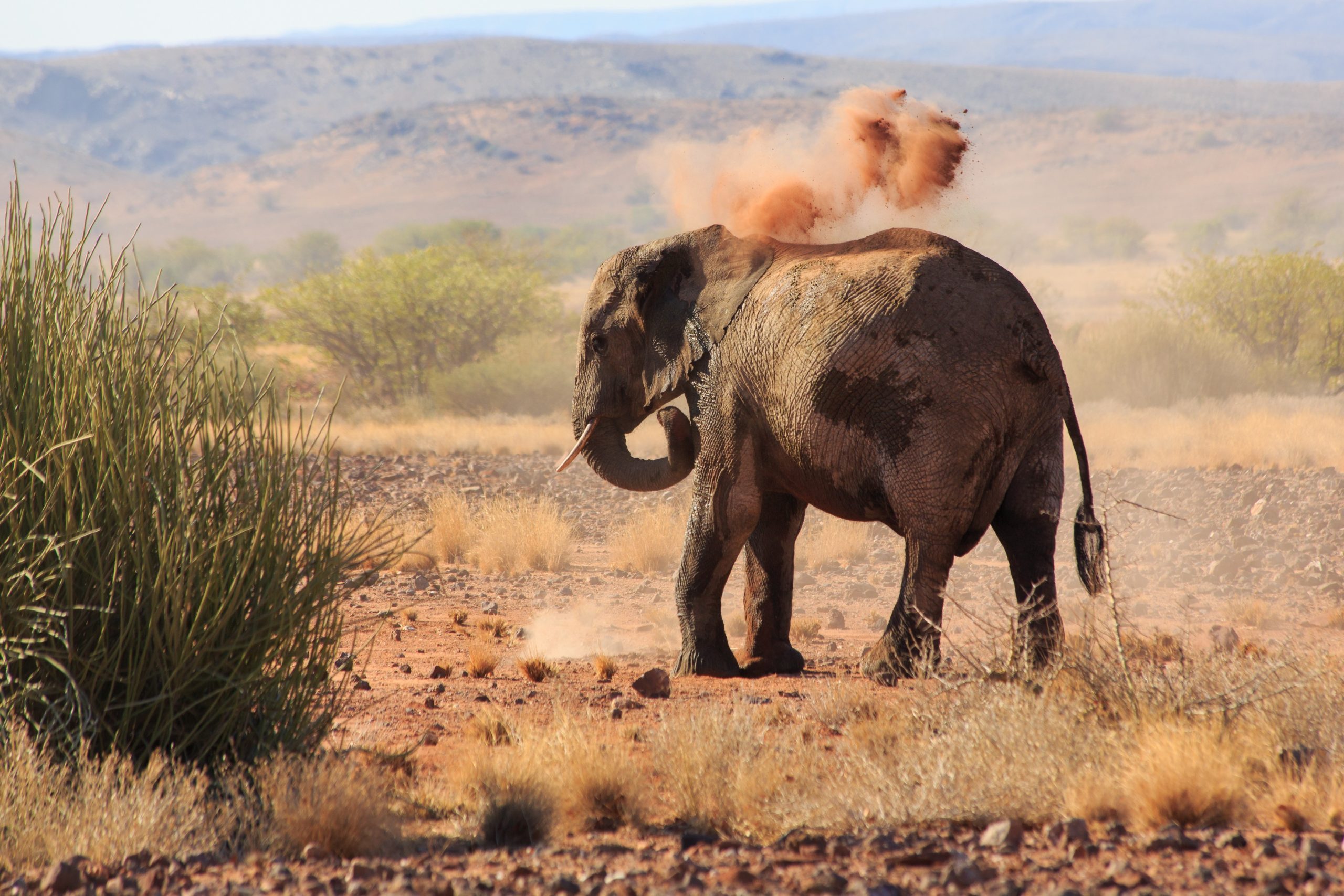
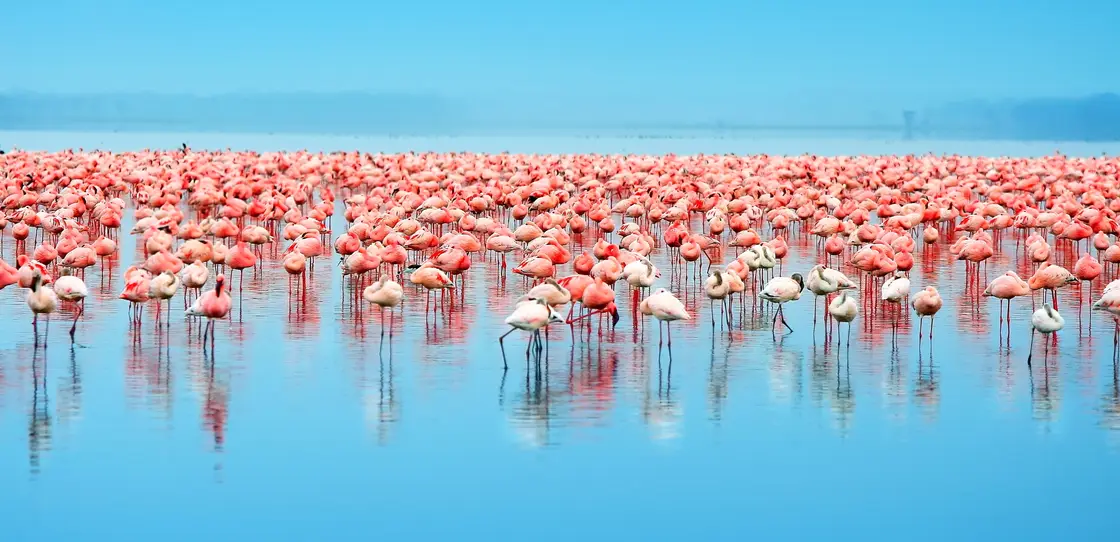
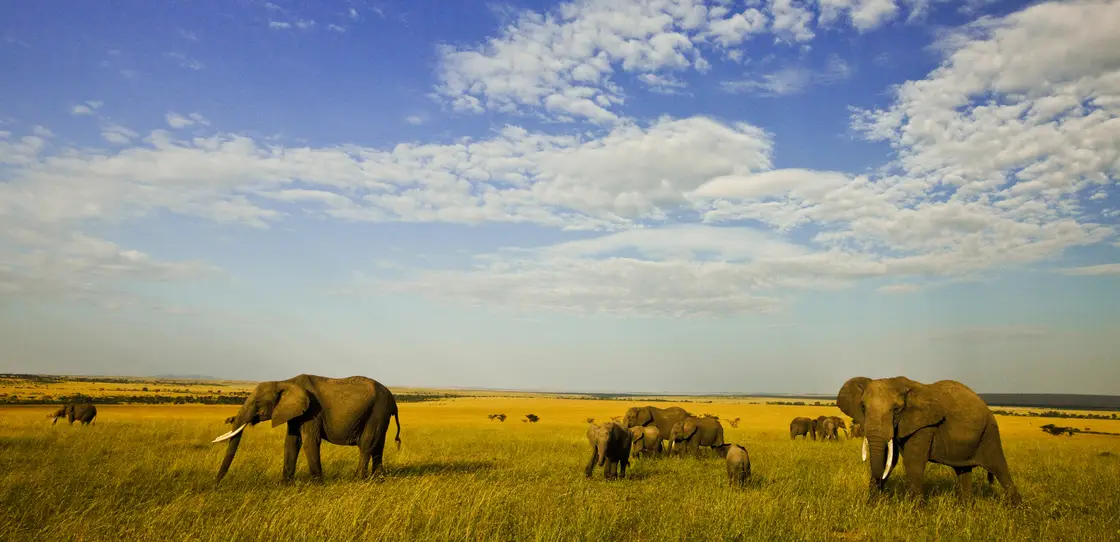
JKIA Airport Nairobi (Google Map)
3 Hours Before Flight Time

Tamarind Tree Hotel has easy access to Nairobi, its national park, and the country’s diverse attractions via the neighbouring Nairobi Wilson Airport and Southern Bypass.
The nearby suburbs are among Nairobi’s liveliest and most popular with world-class shopping malls, and restaurants.
Within a radius of 6 KM, you can visit the Nairobi National Park, Karen Blixen Museum, Giraffe Centre and David Sheldrick Elephant Sanctuary
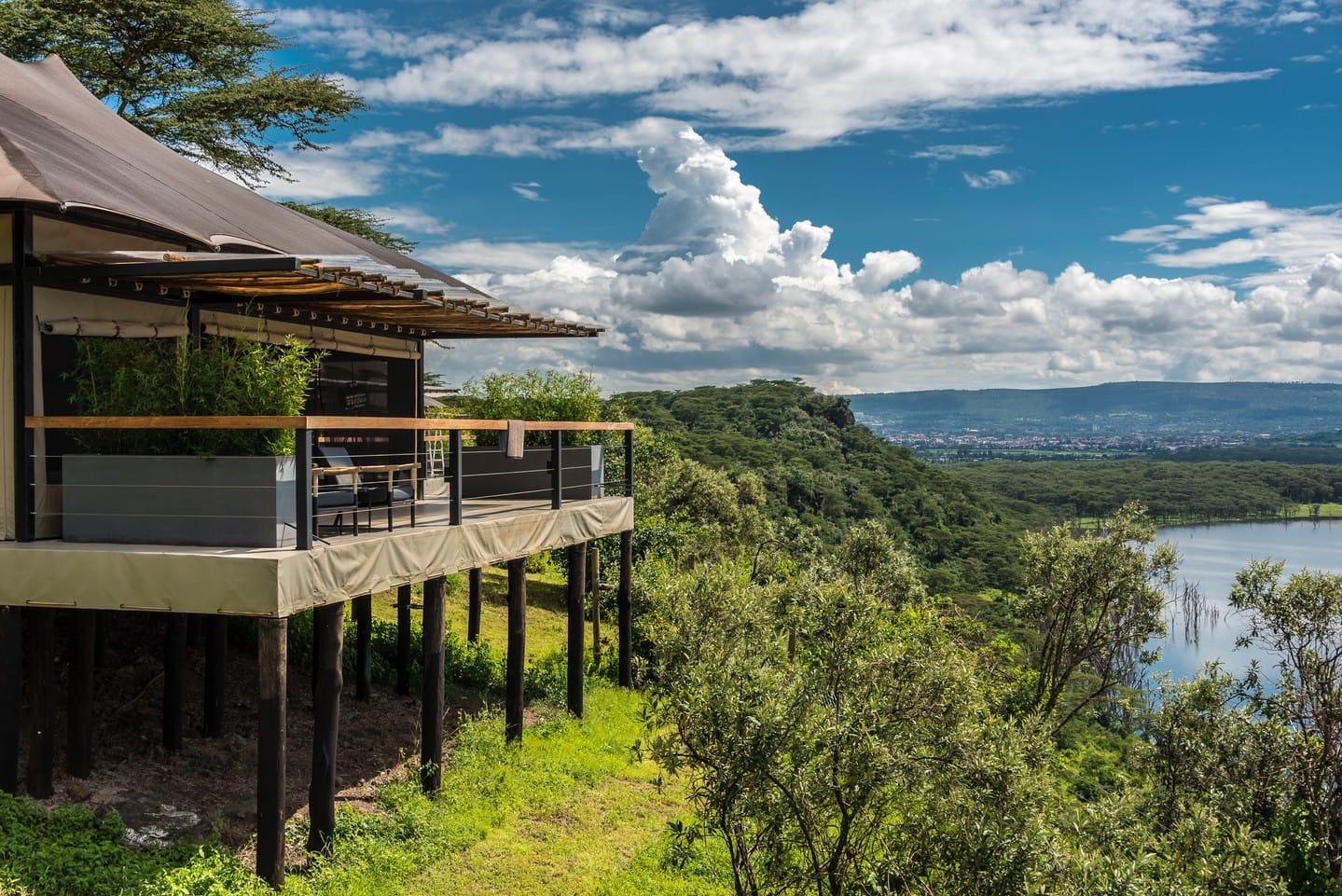
Perched at the top of a 100-metre-high rock face sits Lake Nakuru’s newest and most innovative addition – The Cliff – a 10-room luxury camp. Luxurious tents at the cliff’s edge face the lake, allowing guests 180-degree views of the panoramic paradise while maintaining privacy. Each tent is very spacious, with a freestanding bath looking outwards. While the exterior environment at The Cliff is purely African, the room interiors boast chic international design, achieving the understated style of a modern boutique hotel within a tented camp.
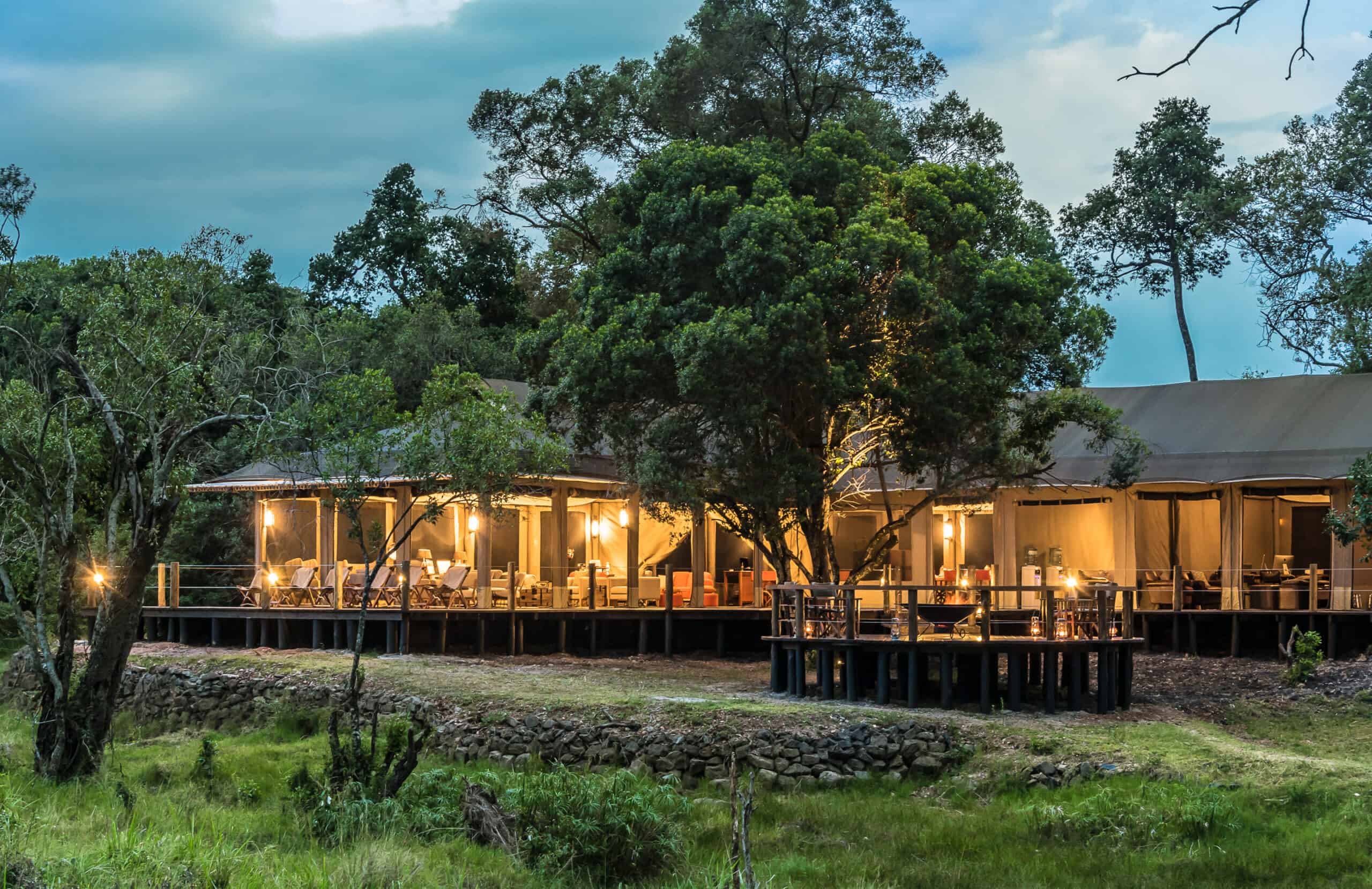
Located on the banks of the breathtaking Mara River, Entim Mara provides guests with unrivalled photography opportunities and views of the local wildlife all year round. Witness over a million wildebeest, zebra and antelopes as they migrate from the Serengeti into the Maasai Mara from July to October—from the comfort of your luxury tented camp.